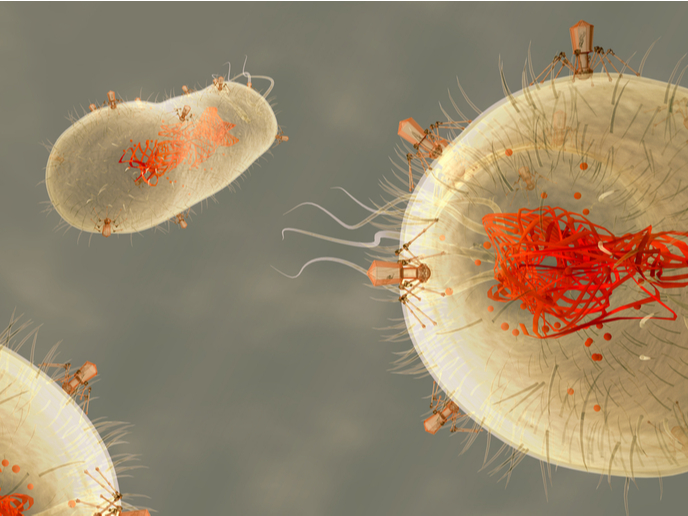Cell-to-cell communication in bacteria
The bacterium Myxococcus xanthus exhibits various forms of self-organising behaviour in response to environmental cues. The MICROBIAL SENSING (Dissecting new mechanisms of bacterial cell-to-cell communication) project used M. xanthus as a model system to investigate the involvement of sensory apparatus termed Chemosensory systems (CSS) in bacterial cell-to-cell communication and fruiting body formation. Researchers characterised all M. xanthus CSS and found that the bacteria contains 8 predicted CSS and 21 chemoreceptors. By systematically deleting genes encoding components and chemoreceptors, their effect on M. xanthus social behaviours could be determined. Phylogenetics, fluorescence microscopy and protein-protein interaction assays were used to identify a large chemosensory module formed by three interconnected CSS and multiple chemoreceptors. It was also found that complex behaviours such a group motility and biofilm formation require regulatory apparatus comprising multiple Che-connected systems. A deeper analysis of M. xanthus revealed that the FrzB protein has the unpredicted function of delivering signals to the Frz cytoplasmic CSS. Researchers also discovered that the FrzCD cytoplasmic chemoreceptor forms protein clusters by binding to the bacterial nucleoid via an N-terminal protein domain similar to that observed in eukaryotic histones. Furthermore, during cell division, clusters are not evenly segregated between the two daughter cells resulting in variations in the number of FrzCD clusters from cell to cell within bacterial population. These variations in clusters generate a phenotypic noise, which is important for M. xanthus social behaviours. Phenotypic noise is important in bacteria for deploying specialised cells in anticipation of possible adverse changes in the environment. It can arise from a number of sources including variations in the activity of individual cells, from cell-to-cell variations in metabolic activity or from fluctuating levels of an external signal. The project showed for the first time that phenotypic noise can also be obtained through random and uneven segregation events. By proposing a function for the bacterial nucleoid in the organisation of CSSs and generation of phenotypic noise the project has provided a new perspective on its role in the bacterial cell. MICROBIAL SENSING therefore gave new insights into how M. xanthus cells communicate and perceive the environment through CSS, helping identify new targets for antibiotics and the treatment of biofilm mediated infections. It also made an important contribution to the study of bacterial communities by linking the bacterial cell architecture, the functional organisation of signal transduction complexes and cell behaviours.







